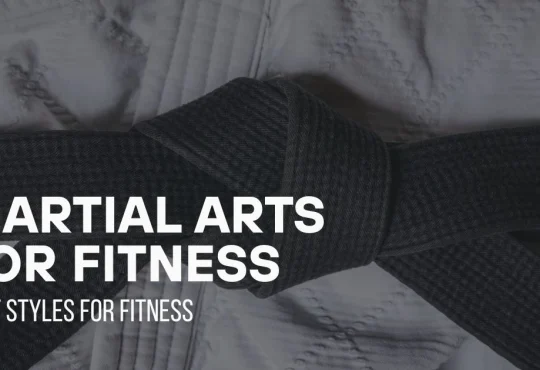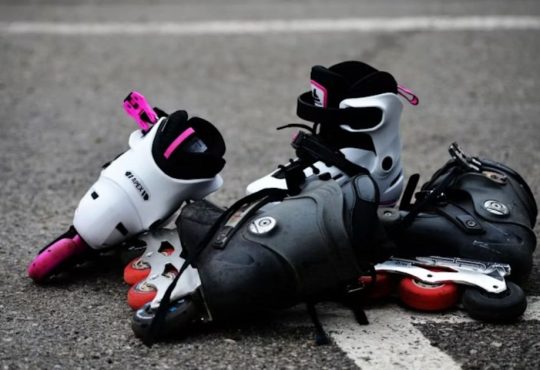Tennis is a dynamic sport that blends physical fitness with mental agility, making it both exciting and challenging. For beginners, stepping onto the court can evoke a mix of thrill and apprehension. However, understanding the fundamentals, having the right equipment, and practicing essential skills can pave the way for an enjoyable tennis experience. Here are ten tips to help you learn how to play tennis effectively.
Understanding the Basic Rules of Tennis
Before you can start playing, it’s essential to familiarize yourself with the basic rules of tennis. The game can be played in singles (one player per side) or doubles (two players per side). The objective is straightforward: hit the ball over the net into the opponent’s court and score points by making it difficult for them to return the ball.
Scoring
Tennis uses a unique scoring system that progresses from 0 (love) to 15, 30, 40, and then game. If both players reach 40, it’s called deuce, and a player must win two consecutive points from there to win the game.
Serving
The server must stand behind the baseline and hit the ball diagonally into the opponent’s service box. A successful serve starts the point.
Faults
If the server fails to hit the ball into the correct service box, it’s considered a fault. Two consecutive faults result in a double fault, leading to the opponent winning the point.
Let Serves
If the ball hits the net and still lands in the correct service box, it’s termed a “let” serve, granting the server another attempt.
Familiarizing yourself with these basic rules will provide a solid foundation for practicing and playing. Watching matches or attending local tournaments can also help you visualize these rules in action.
Choosing the Right Equipment: Racket and Footwear
Having the right equipment is vital for comfort and performance on the court. Here’s how to choose the appropriate racket and footwear:
Choosing a Racket
For beginners, opt for a lightweight racket with a larger head size. This design offers a larger sweet spot, making it easier to hit the ball effectively. Look for rackets labeled as “beginner” or “tweener,” which provide a balance of power and control.
Grip Size
The grip size of your racket is crucial for comfort and control. Hold the racket and ensure there’s a gap about the width of your index finger between your fingers and palm. If the grip feels too small or too large, try different sizes.
Footwear
Invest in a good pair of tennis shoes designed for court play. These shoes offer proper support and traction, reducing the risk of injury. Look for shoes with non-marking soles to protect the court surface. A good fit is essential; make sure to try them on to ensure they provide comfort and stability.
Clothing
Wear breathable and comfortable clothing that allows for ease of movement. Opt for moisture-wicking fabrics to keep you cool and dry during your practice sessions.
Choosing the right equipment will help you feel more comfortable on the court and enhance your performance.
Learning Proper Grip Techniques for Better Control
Mastering grip techniques is a foundational skill in tennis that significantly impacts your control and shot placement. Several grips are commonly used, but beginners can focus on these three:
Eastern Grip
This grip is suitable for forehand strokes. Hold the racket as if you’re shaking hands with it, placing your base knuckle on the third bevel of the racket handle. This grip allows for good control and spin.
Western Grip
This grip is often used for generating topspin. Rotate your hand more under the racket handle, placing your base knuckle on the fourth bevel. While this grip can produce powerful shots, it may take time to master.
Continental Grip
A versatile grip, the continental grip can be used for serves, volleys, and overheads. Place the base knuckle on the second bevel, allowing you to hit various shots effectively.
Practicing Footwork and Movement
Footwork is a critical component of tennis that can significantly impact your performance. Good footwork allows you to position yourself effectively for shots and maintain balance during play. Here are a few tips to improve your footwork:
Stay Light on Your Feet
Always be on your toes to react quickly to the ball. Keep your knees slightly bent, which will help you spring into action.
Use Side Steps
When approaching the ball, use side steps to get into position rather than crossing your feet. This approach allows for quicker lateral movement and helps maintain balance.
Practice the Split Step
The split step is a crucial movement used to prepare for your opponent’s shot. As your opponent strikes the ball, perform a small jump and land with your feet shoulder-width apart, ready to move in any direction.
Drills
Incorporate footwork drills into your practice, such as ladder drills or cone drills, to enhance agility and speed.
Developing Essential Strokes: Forehand and Backhand
Once you’ve established your grip and footwork, it’s time to focus on developing your essential strokes: the forehand and backhand.
Forehand Stroke
To execute a forehand, start by pivoting your body sideways, positioning your non-dominant shoulder towards the net. As the ball approaches, step forward with your opposite foot, rotate your hips, and swing the racket forward, making contact with the ball at waist height. Follow through your swing to ensure power and accuracy.
Backhand Stroke
The backhand can be executed with either one or two hands. For a one-handed backhand, hold the racket with your dominant hand and use your non-dominant hand to guide the racket back. For a two-handed backhand, place your dominant hand at the bottom of the grip and your non-dominant hand above it. As the ball approaches, step into the shot and swing through, ensuring you follow through your swing.
Practice
Regularly practice your strokes by hitting against a wall or with a partner. Focus on consistency and accuracy rather than power, allowing your form to improve over time.
Serving Techniques: Starting Each Point
The serve is one of the most critical shots in tennis, as it starts each point. A well-executed serve can give you a significant advantage. Here are some tips to develop your serving technique:
Grip
Use the continental grip for your serve, as it allows for versatility and control.
Stance
Stand with your feet shoulder-width apart, with your front foot pointing towards the net. Position your back foot behind the front foot for balance.
Ball Toss
Hold the ball in your non-dominant hand and toss it slightly in front of you and above your head. The toss should be high enough to allow you to make contact at the peak of your swing.
Swing
As you toss the ball, rotate your shoulders and bring your racket back. As the ball reaches its peak, step forward with your front foot and swing the racket upward, making contact with the ball at the highest point.
Follow Through
After contact, follow through your swing, allowing your racket to drop naturally. Practice serving consistently to develop confidence and accuracy.
Playing Matches and Learning Strategy
Once you’re comfortable with the fundamental skills, it’s time to start playing matches. Engaging in friendly matches can help you apply what you’ve learned and develop your strategic thinking.
Positioning
During a match, pay attention to your positioning on the court. Aim to control the center of the court and anticipate your opponent’s shots.
Shot Selection
Choose your shots wisely. Focus on hitting to your opponent’s weaker side, and vary your shots between power and placement to keep them guessing.
Mental Game
Stay focused and positive during matches. Emotions can run high, so maintaining a calm mindset can help you perform better under pressure.
Analyze and Adapt
After each match, take time to reflect on your performance. Consider what worked well and what you can improve. Adjust your strategies in future games based on your experiences.
Joining a Community or Finding a Coach
Joining a tennis community or finding a coach can greatly enhance your learning experience. Engaging with other players can provide motivation, support, and valuable insights.
Tennis Clubs
Consider joining a local tennis club where you can meet other players, participate in social events, and gain access to courts.
Lessons
Taking lessons from a qualified coach can help you refine your skills more rapidly. A coach can provide personalized feedback, helping you improve your technique and strategies effectively.
Group Practice
Participate in group practices or clinics, where you can learn from others and gain exposure to different playing styles.
Consistent Practice and Patience
Lastly, the most crucial tip for learning how to play tennis is to practice consistently and be patient with yourself. Improvement takes time and dedication, so commit to regular practice sessions to develop your skills.
Set a Schedule
Create a practice schedule that includes drills, match play, and conditioning. Consistency is key to building muscle memory and confidence.
Stay Positive
Embrace the learning process and celebrate your progress, no matter how small. Tennis is a lifelong journey, and each step forward brings you closer to becoming a proficient player.
Learning to play tennis can be a fulfilling and enjoyable experience. By understanding the basic rules, choosing the right equipment, mastering grip techniques, and developing essential skills, you’ll be well on your way to becoming a competent player. Remember to stay committed, practice consistently, and embrace the community around you. With time, patience, and dedication, you’ll find yourself enjoying the game and reaping its numerous physical and mental benefits. Happy playing!




